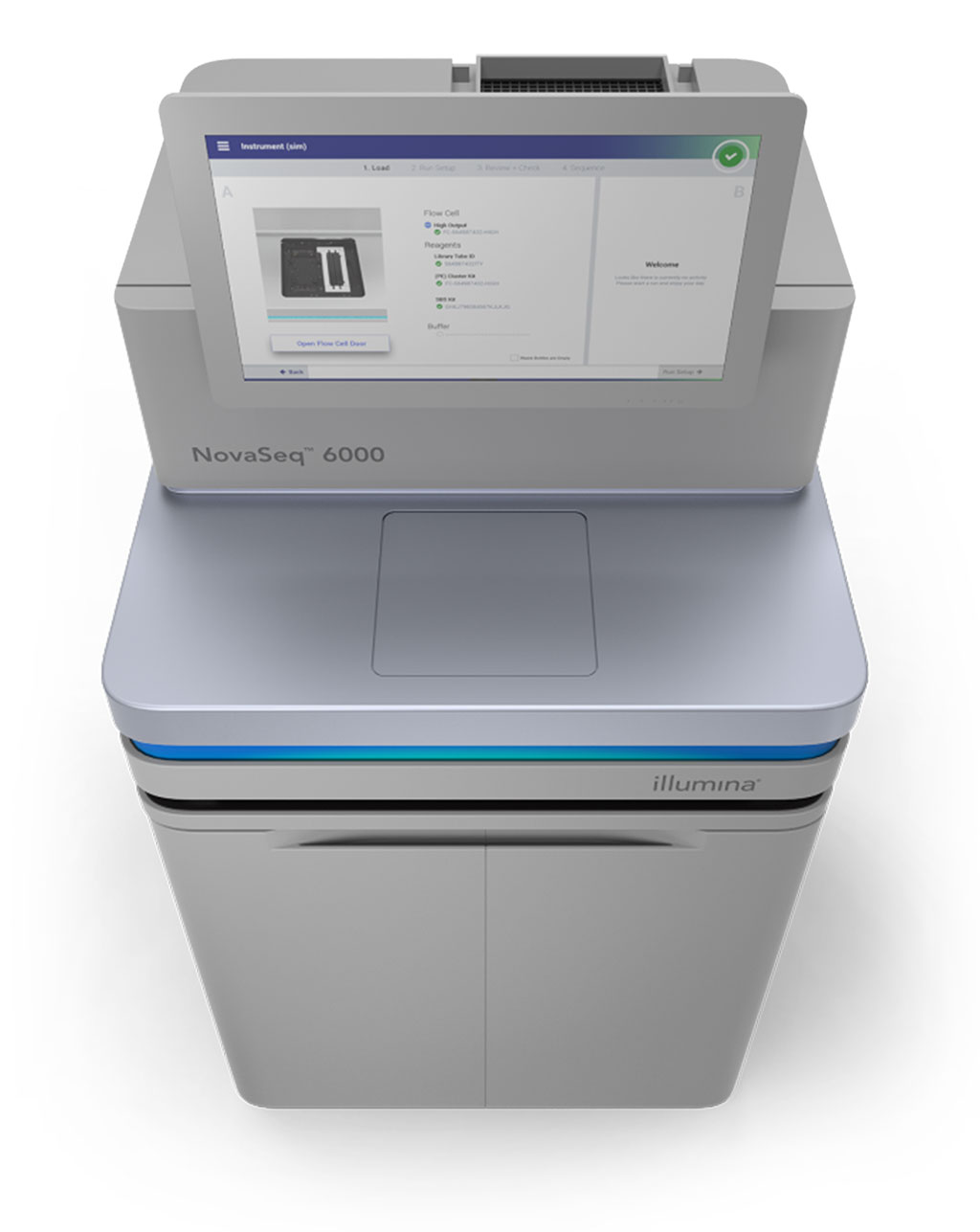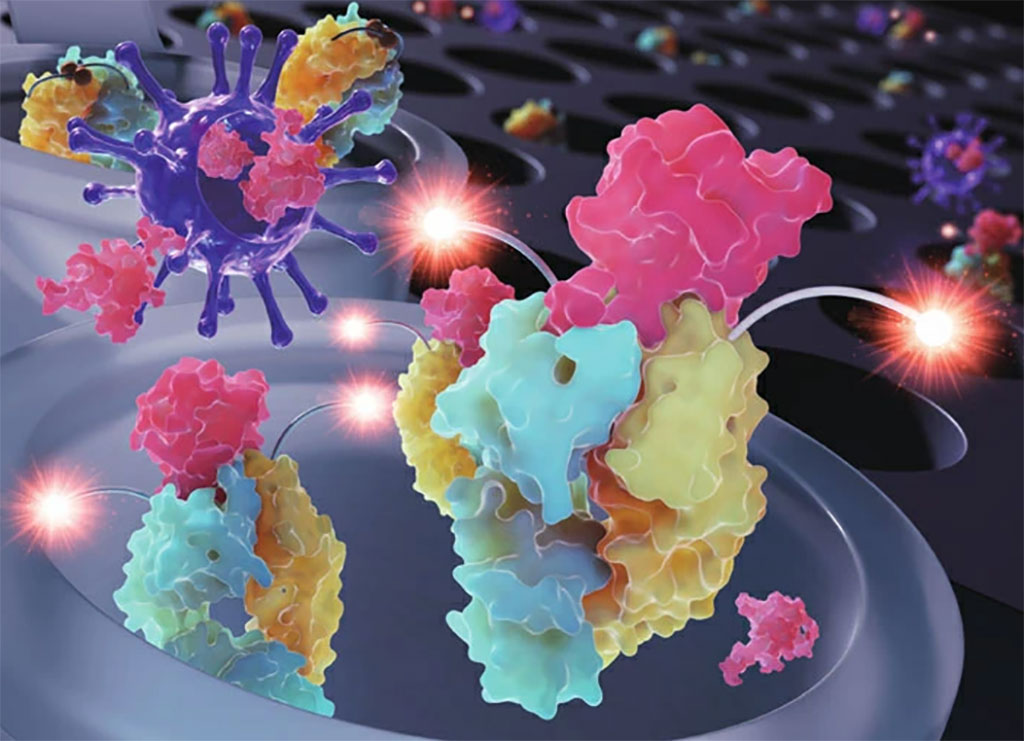MIS-C Linked to Rare, Immune-Related Variants
Posted on 07 Jun 2022
Multisystem inflammatory syndrome in children (MIS-C) is a critical and potentially life-threatening complication of COVID-19 in pediatric settings. Children who were diagnosed with MIS-C tested positive for SARS-CoV-2 infection by reverse transcriptase–polymerase chain reaction (RT-PCR) or antibody testing and had fever for more than four days.
Some possible indications of the pathophysiologic mechanisms behind MIS-C have been identified. Cytokine profiling of patients with MIS-C revealed elevated inflammatory markers (IL-18 and IL-6), activation of myeloid and lymphocytic chemokines (CCL3, CCL4, and CDCP1), and dysregulation of mucosal immune markers (IL-17A, CCL20, and CCL28).

Medical Scientists at the Al Jalila Children’s Hospital (Dubai, United Arab Emirates) and their colleagues conducted a prospective, multicenter cohort study was conducted from September 1, 2020, to August 31, 2021, in the United Arab Emirates and Jordan. Forty-five patients with MIS-C and a matched control group of 25 healthy children with a confirmed SARS-CoV-2 infection status were recruited.
Whole exome sequencing was performed in the genomic laboratory. DNA was extracted from peripheral blood cells using standard DNA extraction protocols (Qiagen, Venlo, The Netherlands). After fragmentation by ultrasonication, genomic DNA was processed to generate sequencing-ready libraries of short fragments (300-400 bp) using the SureSelect kit (Agilent, Santa Clara, CA, USA). RNA baits targeting all coding regions were used to enrich for whole exome regions using the Agilent SureSelect Clinical Research Exome V2 kit. The enriched libraries underwent next-generation sequencing (2 × 150 bp) using the SP flow cell and the NovaSeq platform (Illumina, San Diego, CA, USA).
The team reported that key inflammatory markers were significantly dysregulated in all patients with MIS-C. Mucocutaneous and gastrointestinal manifestations were each reported in 36 patients (80.0%), cardiac findings were reported in 22 (48.9%), and neurologic findings were reported in 14 (31.1%). Rare, likely deleterious heterozygous variants in immune-related genes, including TLR3, TLR6, IL22RA2, IFNB1, and IFNA6, were identified in 19 patients (42.2%) of whom seven had multiple variants. There was higher enrichment of genetic variants in patients relative to controls (29 versus 3). Patients with those variants tended to have earlier disease onset, seven patients (36.8%) with genetic findings versus two (7.7%) without genetic findings were younger than 3 years at onset, and eight patients resistance to treatment (42.1%) with genetic findings versus three patients (11.5%) without genetic findings, who received two doses of intravenous immunoglobulin.
Ahmad Abou Tayoun, PhD, a clinical molecular geneticist and a senior author of the study, said, “Those pathways, which overlap with the currently characterized immunologic profile in patients with MIS-C, might represent new therapeutic targets for those patients. Patients with rare genetic variants tended to have earlier disease onset and resistance to treatment suggesting those patients can be managed differently.”
The authors concluded that the results of the study suggest that rare, likely deleterious genetic variants may contribute to MIS-C disease. This finding paves the way for additional studies with larger, diverse populations to fully characterize the genetic contribution to this new disease entity. The study was published on May 31, 2022 in the journal JAMA Network Open.
Related Links:
Al Jalila Children’s Hospital
Qiagen
Agilent
Illumina








 (3) (1).png)




